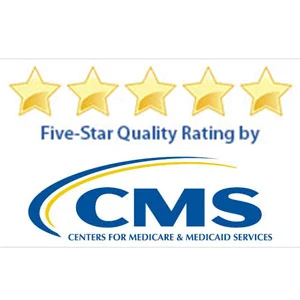Mayo Clinic was one of a handful of healthcare facilities in the U.S. that was awarded a five-star rating by The Centers for Medicare & Medicaid Services (CMS) in ratings released in July on the latter’s Hospital Compare website. It may come as a surprise then that the hospital, recognised by CMS for its quality, is concerned about how value is being assessed and rated.
In commentary published in Modern
Healthcare, Mayo Clinic’s Dr. John Noseworthy stresses that the mission of
the facility is to put patient needs first. Why would a top-performing health
system have misgivings about measurement? It's simple, really. “We believe that
evaluation programmes must reflect the diverse needs of patients.
Unfortunately, today, we find that many approaches to measuring value in
hospital settings fail to meet this standard,” he writes.
In order to improve the situation, Mayo Clinic is now trying to overcome the challenges of measuring value in healthcare as an accurate reflection of standards is necessary for patients, says Noseworthy. To this end, Mayo Clinic’s Center for the Science of Health Care Delivery is striving to define more patient-relevant and challenging metrics. These include measuring cost of care over time, the speed to correct diagnosis and the value of avoiding unnecessary expensive treatments when there are safer and cheaper options.
Noseworthy goes on to comment on the shortfalls of current measurement programmes
pointing in particular to the lack of differentiation on complexity of patient
conditions and care settings. This results in inaccurate reports on value he
writes.
See Also:Well-known Hospitals Fail in New Medicare Ratings
“Inaccurate patient attribution cascades throughout the entire measurement process. It creates major gaps in quality and efficiency data, which ultimately renders the corresponding analyses highly suspect, if not useless,” says Noseworthy.
This leads to conclusions based on an incorrect number of patients in the wrong category, misrepresenting reality.
Noseworthy suggests fixing the problem in what is known as patient attribution.
“While attribution, or the assigning of patients or services to the right category of care, is a highly technical process, it is a cornerstone for accurate measurement of quality and efficiency in healthcare,” he writes.
Many models make the mistake of attributing patients with complex care needs to the wrong unit simply because they arrived at the hospital at one door rather than another.
A patient with advanced cancer can be ‘counted’ in the same way as one with a head cold.
Evaluations of not always awake into account the patient journey. Mayo Clinic
takes care of referred patients form all over the U.S. and the globe as unwell
people seek other options after other providers have run out of options. In
spite of this, such patients are often labelled under primary care under some measurement
programmes.
“This
creates a significant problem, as analysts expect primary-care patients to have
relatively lower costs associated with their care compared with those managed
by specialists.”
Mayo Clinic is collaborating with the CMS and similar organisations like the National Quality Forum to devise improved measurement models in order “to make patient-driven care better today and in the future.”
Source: Modern Healthcare
Image Credit: CMS


![Tuberculosis Diagnostics: The Promise of [18F]FDT PET Imaging Tuberculosis Diagnostics: The Promise of [18F]FDT PET Imaging](https://res.cloudinary.com/healthmanagement-org/image/upload/c_thumb,f_auto,fl_lossy,h_184,q_90,w_500/v1721132076/cw/00127782_cw_image_wi_88cc5f34b1423cec414436d2748b40ce.webp)







